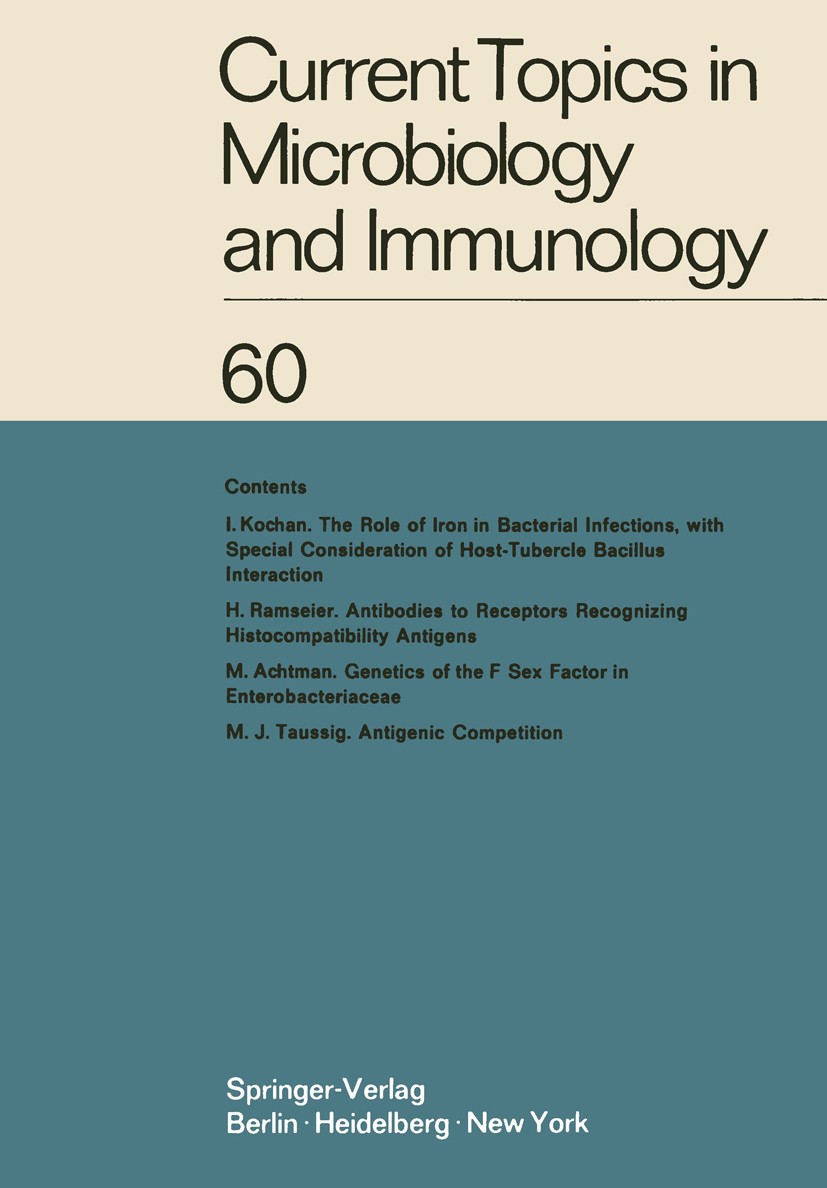| 书目名称 | Current Topics in Microbiology and Immunology |
| 副标题 | Ergebnisse der Mikro |
| 编辑 | W. Arber,W. Braun,E. Wecker |
| 视频video | http://file.papertrans.cn/242/241377/241377.mp4 |
| 丛书名称 | Current Topics in Microbiology and Immunology |
| 图书封面 |  |
| 出版日期 | Conference proceedings 1973 |
| 关键词 | biology; immunity; immunology; microbiology |
| 版次 | 1 |
| doi | https://doi.org/10.1007/978-3-642-65502-9 |
| isbn_softcover | 978-3-642-65504-3 |
| isbn_ebook | 978-3-642-65502-9Series ISSN 0070-217X Series E-ISSN 2196-9965 |
| issn_series | 0070-217X |
| copyright | The Editor(s) (if applicable) and The Author(s), under exclusive license to Springer-Verlag GmbH, DE |
 |Archiver|手机版|小黑屋|
派博传思国际
( 京公网安备110108008328)
GMT+8, 2025-11-11 23:55
|Archiver|手机版|小黑屋|
派博传思国际
( 京公网安备110108008328)
GMT+8, 2025-11-11 23:55


